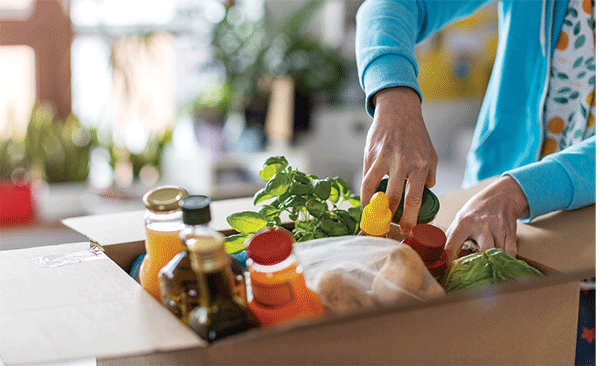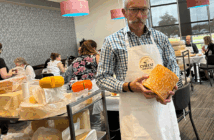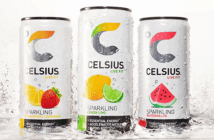
He says that with one of the highest per-capita urban waste disposal rates in the world it’s clear we aren’t leading in terms of waste reduction – yet. While it’s easy to point the finger at consumers, it’s producers that have even more responsibility, and the ability, to pivot away from the take-make-waste, linear economy. This will in turn give consumers the ability to support a sustainable, efficient and regenerative circular economy.
“The key means to achieving this is through extended producer responsibility (EPR). So, what is EPR and how is it different from product stewardship?
“It’s a practice whereby importers and producers of products bear a significant level of responsibility for the impact their products have on the environment, not just at the end of their life, but throughout their lifecycles,” says Mr Langford.
This involves upstream impacts like the selection of materials for the products, and impacts from the production process. It also includes downstream impacts from the distribution, use and disposal of the products and packaging.
Producers practicing EPR design their products to be environmentally friendly throughout their life cycles. They accept legal, socioeconomic or physical responsibility for environmental impacts that cannot be removed by design.
If this is sounding strikingly similar to product stewardship, says Mr Langford, it’s because the two are technically the same thing – in that producers take responsibility for the products they make and sell at end of life. However, EPR takes a broader approach to the material being used.
“The cost of recovering and reusing, recycling or properly disposing of a product at the end of its life needs to be equally distributed through the supply chain. In other words, the material must own the cost of its recovery.”
EPR assesses the lifecycles of the materials being used with the aim of ensuring they are cradle to cradle and challenging the use of materials which are cradle to grave. This approach drives product design centred on easy recovery and reuse or recycling as well as more efficient resource use.
Every material is different and simply overlaying a source separation collection model such as a container return scheme (CRS) will have unintended impacts, unless the full material balance is clearly understood.
It’s about understanding that creating less waste isn’t simply about using less, or maximising recycling rates, it’s about avoiding waste through smarter design and improved efficiency. It’s time to challenge the concept of waste reduction and pivot thinking to maximising resource value.
“The packaging industry supports a move to an environment which drives the right material use and recovery behaviours, as well as a framework which provides clarity for investment. We also recognise that Government has a role to play in putting in place effective, evidence-based policies and regulatory drivers to support development. Industry has the innovation and expertise to take the lead in shaping solutions that work. But it takes collaboration,” says Mr Langford.
The Glass Packaging Forum’s (GPF) government-accredited product stewardship scheme for glass bottles and jars is an example of moving towards effective EPR. Producers not only take responsibility for the glass containers they make, import and sell, but invest in efficient design such as bottle light-weighting, and using glass which falls into the three colours which can be recycled (clear, brown and green).
“The next logical step towards true EPR isn’t simply about effectively recycling glass made from virgin material, but rather producers choosing to use glass containers which already have a substantial recycled component. This way the issue of using virgin material is addressed in favour of a cradle to cradle, circular, flow of resources.”
Some producers also support and encourage the refilling of containers where possible, with the product and system design being key factors in enabling easy reuse.
Mr Langford says that the GPF is an example of stewardship working. It’s also an organisation that’s evolving its own model, with a focus on how to deliver a fully costed cradle to cradle EPR solution for glass.
“The Packaging Forum, together with our members, is working hard to enable the industry to pivot towards EPR solutions. At the core of this is the Forum’s Pledge 2025 in which we are working towards comprehensive stewardship solutions delivered by industry, in partnership with the whole supply chain, including local and central government and communities, so all packaging will be reusable, recyclable or compostable by 2025.
“We hope you will join us as we strive together for a packaging waste-free New Zealand.”




























































































